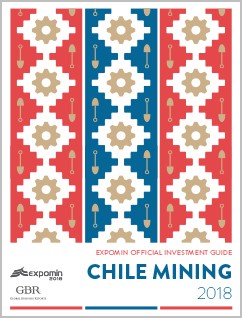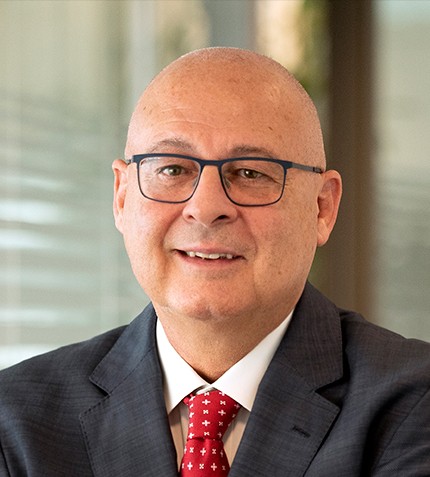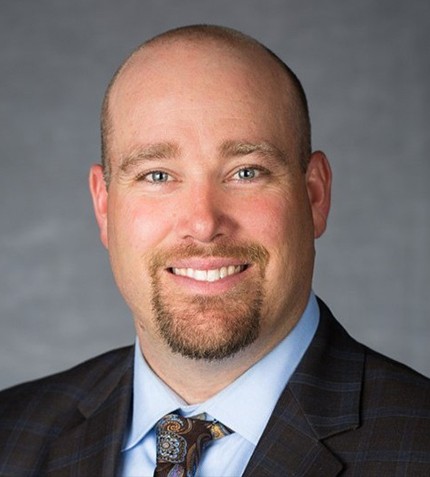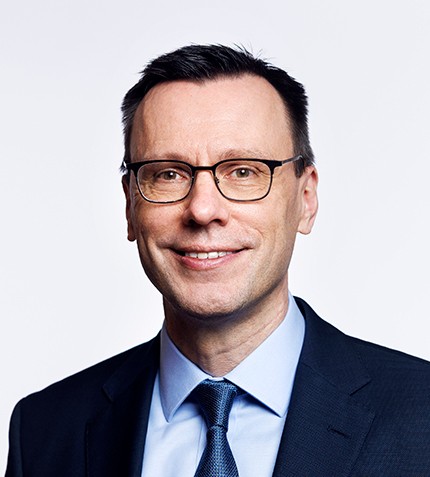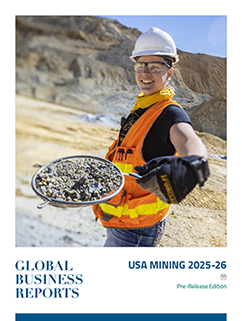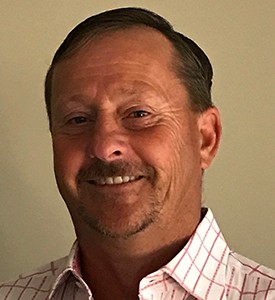
Altiplano is developing projects in Chile where it intends to use their cashflow to expand further.
John Williamson
PRESIDENT AND CEO, ALTIPLANO MINERALS
What is the nature of Altiplano’s joint venture with Comet Exploration?
In the Comet joint venture, Altiplano will earn 50% of the Farellon and Maria Luisa projects by spending $2 million. Both projects are or were being mined by artisanal methods. They are geologically de-risked in our opinion and they are already fully permitted. We have flown drone imagery, completed underground surveying or workings, surface and underground mapping and sampling, petrography, fluid inclusion work, drilling and underground development. We have since entered the data into a GIS system and are currently modeling and conducting engineering work for further development.
In what stages are the projects currently?
At Farellon, we have now completed 320 meters at a 15% decline, and we have drilled 18 holes along the copper-gold vein structure. Our goal is to get to 400 meters by the end of August 2017. At Maria Luisa, we will be conducting underground and surface drilling programs by the end of September 2017. The underground program is expected to be up to 650 meters underground development. There are three veins at Farellon, and we anticipate the first vein to be 300,000 to 500,000 tonnes of about 2% copper and 0.5 grams of gold. Maria Luisa also has several vein systems but contains higher grade gold. We anticipate 200,000 to 400,000 tonnes of 1.5% copper and between 4g Au/t and 10g Au/t. From the start, both mines will be smaller producers in the 50,000 to 60,000 tonne-per-year range with initial five-year mine lives, but we will be adding reserves and increasing the mine lives as we go along. Long-term, we expect the mines to last ten years, given the right commodity price.
What is your strategy to reduce costs and maximize margins?
Our main strategy to reduce costs is to maximize productivity and the key to accomplishing this has been to determine how to mine over the pre-existing local mining techniques. Specifically, we have larger machinery, as well as more sophisticated engineering designs and drilling and blasting techniques, which will help us not only increase productivity, but also operate more safely. The workforce at the mines is already very skilled, but we have added technical support.
Where is the majority of Altiplano’s focus between the US and Chile?
We acquired a project in Idaho right before the Comet joint venture, but we have decided to focus on our Chile properties because of their short timelines to production and relatively low capital cost to production of between $2 million and $3 million. Once these two projects start producing cashflow, we can then use the capital to continue and acquire larger projects in Chile. We are hoping to get both projects into production by the end of 2017. We have been building up our personnel and buying our own equipment, including drills, generators, compressors, and other mine gear. We are taking the projects into production ourselves, but with the help of local Chilean contractors. About 95% of our workers are and will be Chilean.
How have the company’s capital raising efforts been?
We were able to raise $3 million on the TSXV exchange in four to six weeks. The Altiplano management team has a 25-year history in the Canadian capital markets and has sold projects for $50 million to $75 million around the world. We have returned between $60 million and $80 million in cash to our shareholders, so we have a very dedicated shareholder base that is willing to bet that we will be successful again. Additionally, there has been a noticeable resurgence in companies announcing financings and advancing projects in Chile.
How will do you plan to deal with energy costs and water accessibility?
At this point, we are using diesel generators for all of our power. We will be connecting to the local grid at both projects, as there is a power supply within a kilometer from each project. Water is also not an issue for us because there is running water in both of our mines.
What are your main criteria for future investments in Chile?
Our main corporate strategy for acquiring new projects in general is to look for projects that would require a finite amount of capital to get back up and running, to drive them toward cashflow in the short-term to pay back our investment and then focus on expanding them. In the future, when Altiplano has established a base on two to five cashflow positive assets, we would like to get more involved in greenfield exploration projects that have large deposit potential. We have already begun looking at about six additional projects in Chile, and we are willing to consider partnering with other stakeholders to advance projects.




